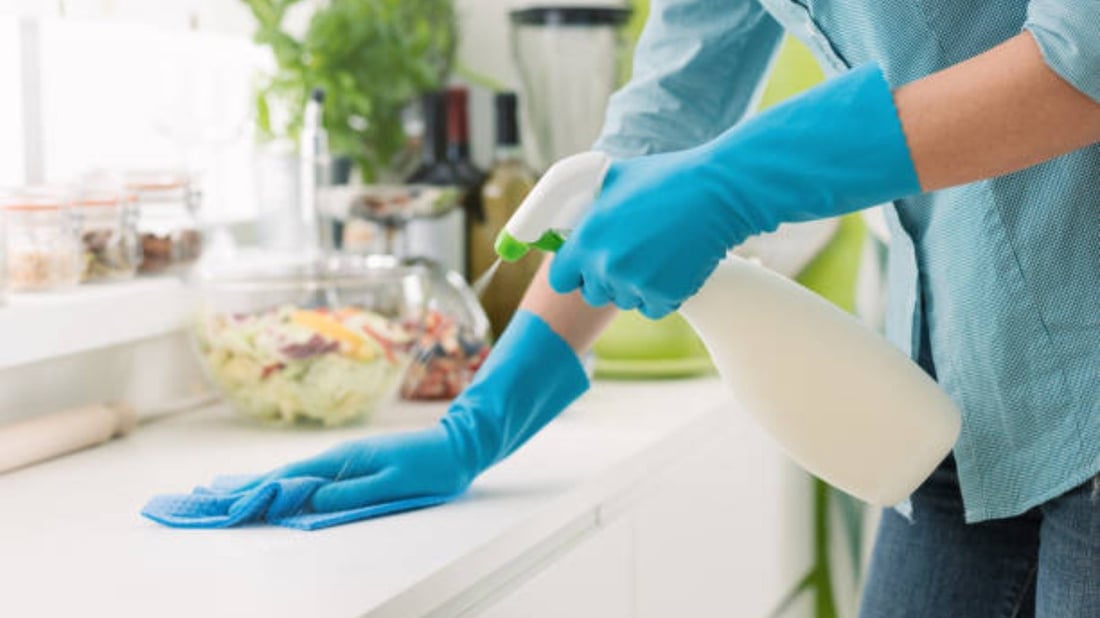The Importance of Sterilization and Disinfection
Sterilization and disinfection are crucial processes in maintaining clean and safe environments, whether it's in healthcare facilities, laboratories, or even our own homes. These practices help eliminate harmful microorganisms, such as bacteria, viruses, and fungi, reducing the risk of infections and diseases. In this article, we will delve into the various aspects of sterilization and disinfection, exploring their methods, importance, and applications.
Understanding Sterilization
Sterilization is the process of killing or eliminating all forms of microorganisms, including their spores. It is essential in certain environments where even the slightest presence of microorganisms can be detrimental, such as in surgical settings or laboratories. Sterilization methods involve the use of heat, chemicals, radiation, or a combination of these techniques. The chosen method depends on the type of material being sterilized and the level of microbial contamination.
Methods of Sterilization
There are several methods employed for sterilization, each with its own advantages and limitations. Heat-based methods, such as steam sterilization (autoclaving) and dry heat sterilization, are widely used and effective in killing microorganisms. Chemical sterilization, using agents like ethylene oxide, is effective for sensitive materials that cannot withstand high temperatures. Other methods, such as radiation sterilization (gamma radiation, electron beams) and filtration, are also employed depending on the specific requirements of the sterilization process.
The Role of Disinfection
While sterilization aims to completely eliminate all microorganisms, disinfection focuses on reducing the number of microorganisms to a safe level. Disinfection is typically applied to non-living objects, surfaces, and instruments. It is an essential practice in healthcare settings, as well as in everyday situations like cleaning our homes. Effective disinfection helps prevent the spread of infections, especially in high-touch areas like door handles, countertops, and medical equipment.
Types of Disinfectants
Disinfectants come in various forms, including liquids, sprays, wipes, and even gases. They are classified into different categories based on their antimicrobial activity. Some common types of disinfectants include alcohols, such as isopropyl alcohol and ethanol, which are effective against a wide range of microorganisms. Quaternary ammonium compounds (quats), phenols, chlorine compounds, and hydrogen peroxide are also commonly used as disinfectants in different settings.
Factors Affecting Sterilization and Disinfection
Several factors can influence the effectiveness of sterilization and disinfection processes. The nature and concentration of microorganisms, the type of surface or material being treated, the presence of organic matter, and the contact time with the disinfectant or sterilizing agent all play a role. It is essential to consider these factors carefully and follow the recommended protocols to achieve optimal results.
Applications in Healthcare Settings
Sterilization and disinfection play a critical role in healthcare settings, where preventing infections is of utmost importance. Surgical instruments, medical devices, and even the surfaces in healthcare facilities need to undergo rigorous sterilization and disinfection processes. Failure to properly sterilize and disinfect can lead to healthcare-associated infections (HAIs), posing significant risks to patients and healthcare professionals.
Importance in Laboratory Settings
Laboratories are another area where sterilization and disinfection are vital. In research and diagnostic laboratories, contaminated equipment, glassware, and work surfaces can compromise experimental results and lead to cross-contamination. Proper sterilization and disinfection practices are crucial to maintain the integrity of experiments, ensure accurate test results, and prevent the spread of hazardous microorganisms.
Sterilization and Disinfection in the Home
While sterilization may not be necessary in everyday situations at home, disinfection is still important, especially during times of illness or when handling raw food. Cleaning surfaces with appropriate disinfectants helps eliminate harmful pathogens and reduces the risk of spreading infections within the household. Paying extra attention to frequently touched surfaces, such as doorknobs, light switches, and faucets, can make a significant difference in maintaining a healthy living environment.
Emerging Technologies in Sterilization and Disinfection
Advancements in technology have led to the development of innovative methods for sterilization and disinfection. For instance, ultraviolet (UV) light sterilization has gained popularity in recent years as a non-chemical method of disinfection. Additionally, there is ongoing research into using plasma sterilizers and nanotechnology-based disinfectants, which show promising results in maintaining cleanliness and reducing the risk of infections.
The Future of Sterilization and Disinfection
As we continue to face new challenges in maintaining clean and safe environments, the importance of sterilization and disinfection cannot be overstated. With ongoing research and advancements in technology, we can expect to see more efficient, eco-friendly, and cost-effective methods of sterilization and disinfection in the future. These advancements will undoubtedly contribute to better infection control practices and help protect individuals from the risks posed by harmful microorganisms.

